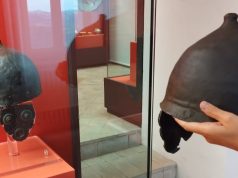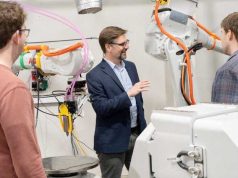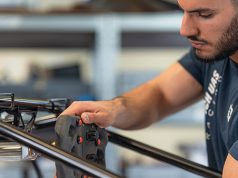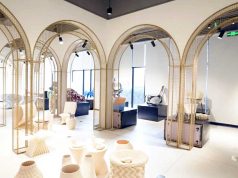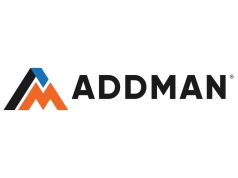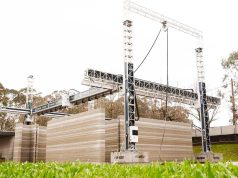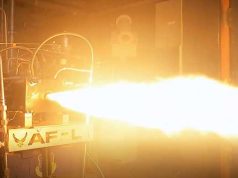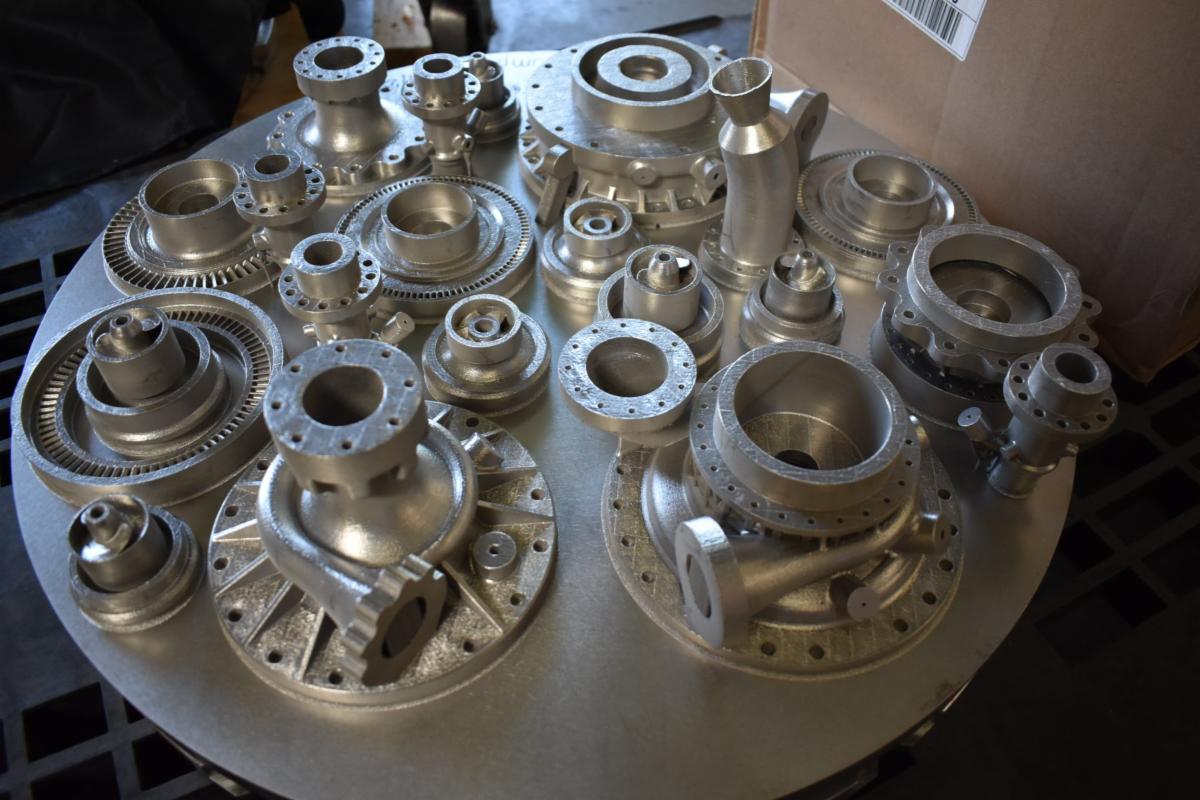
The emerging field of 3D printing has brought about revolutionary changes in many industries. In the field of aerospace, this technology is not only a trend, but also a necessity. Two young Colorado University engineers, Zachary Lesan and Patrick Watson, have recognized this and demonstrated it impressively.
The story begins with Lesan, who developed an interest in rocket propulsion during his junior year at the university. Despite skeptical professors and limited resources, he followed his passion.
“I started this project because I loved rockets and turbomachinery,” said Lesan. “I knew how solid-state rocket motors worked and designed them in the past while in high school. However, liquid-propulsion rockets captured my imagination. I wanted very much to understand all the details.”
The overall goal was clear: to develop a rocket component that could be manufactured in a single production step. This would not only save material and weight, but also drastically increase production speed. Another benefit of this approach is the elimination of potential sources of error that can occur with traditional joining methods.
Industry support as the key to success
What makes this project particularly outstanding, however, is the impressive support from industry. Companies such as Velo3D, a metal printing solutions provider, were contacted by the duo early on and requested their expertise and resources. Through these partnerships, the two students gained access to cutting-edge technologies and were able to test their design in the real world.
That online inquiry led to a conversation with Zach Murphree, VP of Global Sales and Business Development at Velo3D, and Gene Miller, Director of Technical Sales. Both encouraged Lesan and offered the company’s technology and services for the project.
“Zach and Gene were super excited about the project,” said Lesan. “And their excitement made me further committed. The design capabilities of the Velo3D printers and their personal encouragement ultimately drove me to go through the whole design process on the turbopump.”
After Lesan’s call to Velo3D, another breakthrough occurred. While redesigning the turbopump, Lesan met his future co-designer Patrick Watson at the CU Sounding Rocket Laboratory (CUSRL). There, they discovered a shared interest in turbomachinery – and their adventure together began.
“Zach [Lesan] showed me his engineering presentation, and I was blown away by how technically advanced it was,” said co-designer Patrick Watson. “Zach is like a juggernaut. That energy drew me into the project and I felt we could accomplish anything at that point.”
“A lot of companies cast their parts,” said Watson. “The real big breakthrough in turbomachinery for space or energy is 3D metal printing, Laser Powder Bed Fusion (LBPF), mostly. We can now print the performance geometries we want, iterate the designs, get the surfaces we need, and use machining more selectively. Metal 3D printing makes our project possible. Zach and I used our intern salaries to fund what wasn’t donated or discounted. Imagine us spending tens of thousands of dollars on machining traditional parts or removing support structures.”
Lesan and Watson’s fast track to rocket development was supported by many who shared their passion for space. From CU’s Bolder Aerospace program, they included Professor John Farnsworth and Cameron Micksch and Paul Wingrove from the university’s machining lab.
“We have gotten rid of so many potential traditional failure modes by minimizing part count,” said Lesan. “The issue then with AM is porosity and part verification. We can look at our Velo3D build reports and see there were no errors in the process impacting quality.”
“There are some parts we had to buy or conventionally manufacture,” said Watson. “The purchased parts are fittings, bearings, seals and fasteners to join flange sections. But otherwise, the focus was on creating a work-friendly, lower-cost system, that avoids traditional fit problems through combined parts. There is a safety issue here, too,” notes Watson. “The inner propellent seals, made as one part, is outside the norm. By using a nitrogen-purge system, that is integrally printed throughout the Reaper turbopump housings, we effectively eliminate the chances of propellants mixing and causing catastrophic failure. We are able to reduce leakage losses, avoid performance problems, and even explosions. A single AM-produced part, relying on challenging overhang angles and approaches, accomplishes this goal.”
The progress Lesan and Watson have made is remarkable and could lead the way for the future of missile technology. While Lesan now devotes himself to military service, Watson is completing his degree and will soon begin his career in the space industry.
“The extent of industry collaboration that Zach and Patrick have created is truly impressive,” said Sid Raje, Velo3D business Development Account manager. “They have built upon where industry is headed with liquid oxygen and methane propulsion, but the extent of their use of advanced AM for part consolidation and demanding geometries, surfaces and overhangs really stands out. The reduction of post-processing costs and improved system reliability is a lesson they and others will carry forward.”
Overall, this story impressively demonstrates the potential of 3D printing technologies in space and how young, motivated engineers can push the boundaries of what is technically possible with the right support.
Subscribe to our Newsletter
3DPresso is a weekly newsletter that links to the most exciting global stories from the 3D printing and additive manufacturing industry.



